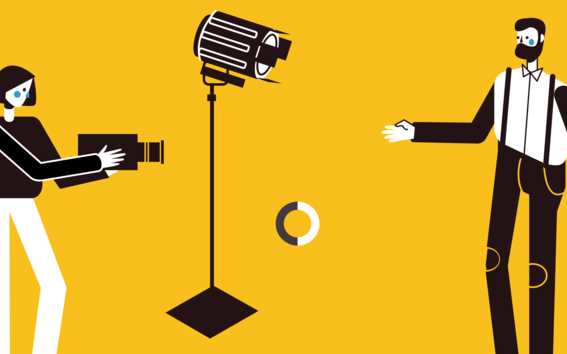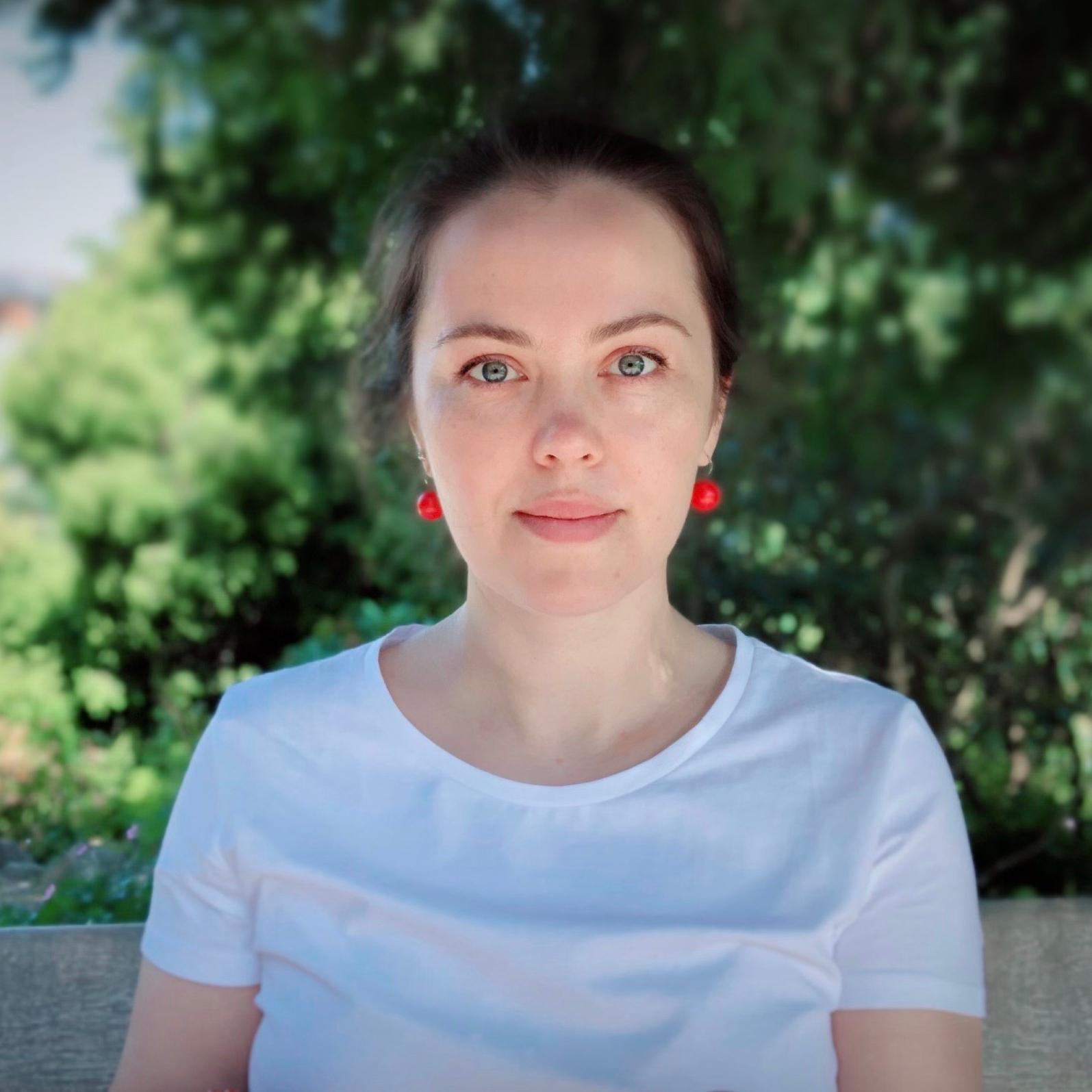Pre-production for educational videos: video look and feel, scripting and practicing
Pre-production is more about planning and going from a big picture to small details to double check that nothing gets lost in a process and all the actions contribute to our goal: make good quality, engaging material for students and life-wide learners. In this article we will talk about preparing the speaker for being in front of the camera.

Pick the right clothes to support your story
We can think that the video-making process starts from switching on the camera and start filming. But in reality, we need to do some work before we will be ready to record a video. How to prepare yourself? We can start by thinking about what we want the video looks like.
Visual components might appear complex: it is the clothing we will wear during the video filming, our body language and gestures, video background, additional elements that are either physical or digital. The presenter needs to think about how they want to feel in front of the camera and what tools they will use to help themselves to feel comfortable and stay focused while the camera is on. It is a good idea to think about things you can control and how you can help the filming team to understand what is the desired outcome of your collaboration.
Here is an excellent quick video tutorial to help you find a right outfit for your video-production:
On top of that, I would like to mention the suitability of the clothes. If you are a scientist, and your idea is to bring it on in a video context by filming in a lab-like environment, you might need to consider a lab coat as a part of your outfit to create a truly immersive experience. Or, if you would like to connect your video content to a specific place or unit, it might be a good idea to wear a garment that lets a viewer connect the dots without you mentioning it, for example, the branded t-shirt.
How to feel good in front of the camera
Different people might enter the video preparation process differently. Some want to appear friendly; sometimes, the content requires a more formal touch or expert look. It might take time to develop your own way to connect with your audience. This short video helps you to prepare yourself for the filming day:
To make the production phase easier and more confident, we highly recommend you rehearse in front of the camera before the filming day.
The practice setup is easy: you can use your smartphone and record your presentation:
- Start by recording a short video (2-5 minutes) with you talking to the camera and then watching it.
- Watch your recording. While watching find and recognize things you like about your posture, way of speaking, body movement, hands gestures, and intonations. Write down what looks and feels good and what would be still good to improve.
- Record another video with that feedback in mind and see how did it go afterward.
- Discuss with the filming crew your findings and ask them to help you bring on your best practices during the filming day.
Do you need a teleprompter?
This video summarizes the teleprompter dilemma:
In short: you need to test teleprompter to see if it is good for you before you start the production.
We have a self-service studio equipped with a teleprompter, so you can check all by yourself. Book the Aalto self-service studio here: https://studios.aalto.fi/self-service-studio/.
Script: a must-have for the video production
The script is extremely useful not only for those who are in front of the camera but also in pre-production and post-production. It is not only what you will say at the video, but also how and when you say it: order, pace, logical structure of one video or the whole series are important components of a successful educational series. The script is really useful at post-production too, especially if it will be carried out by a different unit.
This video briefly presents the script template, and help you to start thinking about your own script for your video planning:
It is also worth mentioning that educational videos with the same repeating logic are more comfortable for the viewer (for example, all videos in the series could have an intro, a thesis, an explanation, and a task or call to action). It’s up to you to what extent you would like to address the inner logic in your series and if this will fit your course.
Let’s summarize all that we just talked about:
- Video quality is not only about the technical aspects of the filming. It also includes planning what elements will be on the screen and how they will look like.
- Consider clothes for the filming day, consult with the film producer. Choose clothes that work for you and your story.
- Body language, eye contact and intonations are important too. Practice by yourself to spot the right ones for your video.
- Teleprompter might be a handy tool for some, but it is not for everybody. You can test it in a self-service studio to see if it is good for you.
- The video script is a must-have! We cannot underestimate the importance of it, especially for the educational series. It is a highly customizable tool and can be adjusted to your liking.
If you have any questions, please get in touch:

- Published:
- Updated: